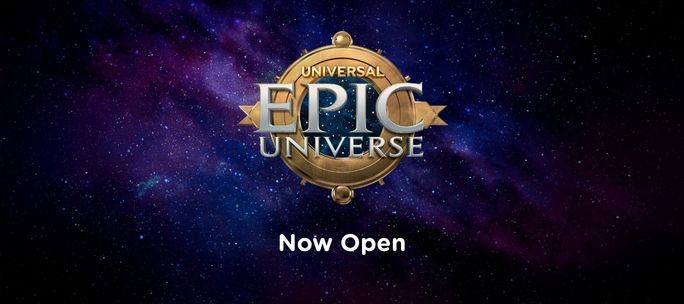Explore hundreds of other packages for this destination or use our cruise search below to find your perfect getaway. Alternatively, get in touch and our team of personal travel planners will be happy to tailor make your perfect cruise holiday.

This package is no longer available. But don’t worry, there are plenty more options!





















